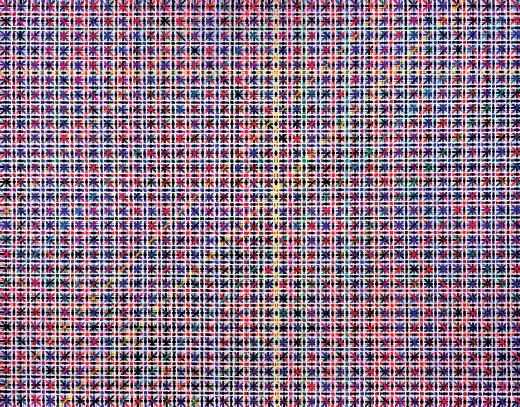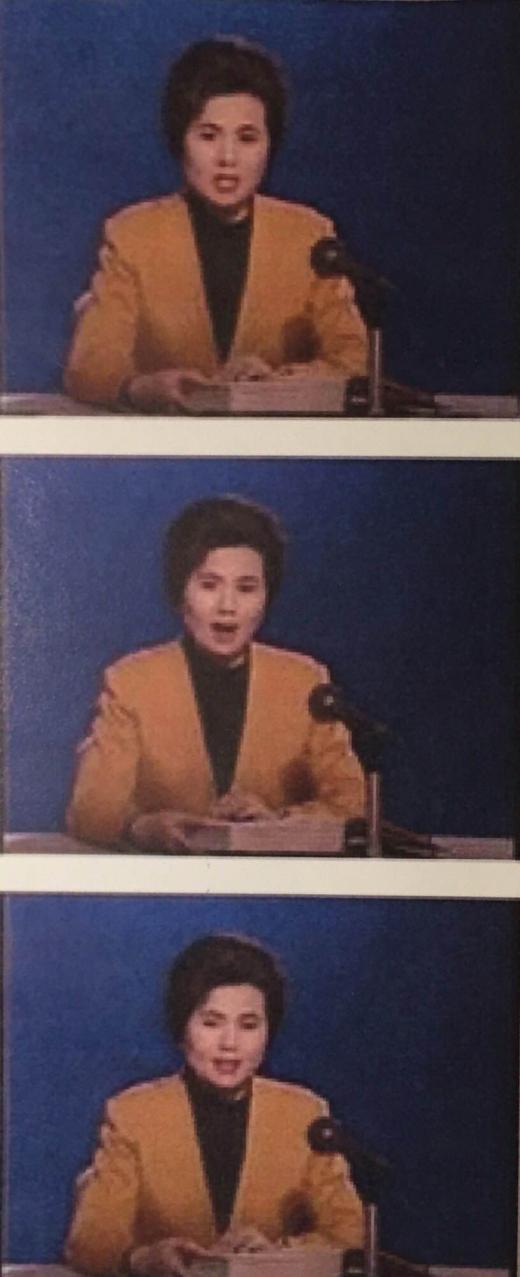NEW MEASUREMENT: ANALYZING THE SITUATION
GALLERY 208
The events of 1989 and their aftermath transformed China. Artists faced the era following the Tiananmen crackdown in a spirit of sustained, measured reflection, moving toward analytic, conceptual work that had begun to emerge during the 1980s. Across the country, a critical consciousness doubtful of authority systems, including bureaucracy, ideology, and language itself, drove artists to unmask social conventions and to try to expose the processes that perpetuated complicity.
A loosely affiliated group of artists with ties to the Zhejiang Academy of Fine Arts in Hangzhou, including Geng Jianyi, Qiu Zhijie, Wang Guangyi, Wang Jianwei, Wu Shanzhuan, and Zhang Peili, produced a steady stream of conceptual projects. Many of their works evinced mechanistic processes, documentary sensibilities, and minimalist means that slyly mimicked the systems the artists sought to subvert. In Beijing, the New Measurement Group—a collective of three artists whose cooperation aimed to eliminate all traces of any single individual’s input—pursued a distillation of art into itemized rules and instructions. In Shanghai, abstract painters such as Yu Youhan and Ding Yi developed rigorous mark-making systems. While they channeled the Conceptual practices of earlier artists in Europe, the United States, and Japan, these artists were also responding to their immediate surroundings—in which power structures, when poked, reveal their own absurdity.


